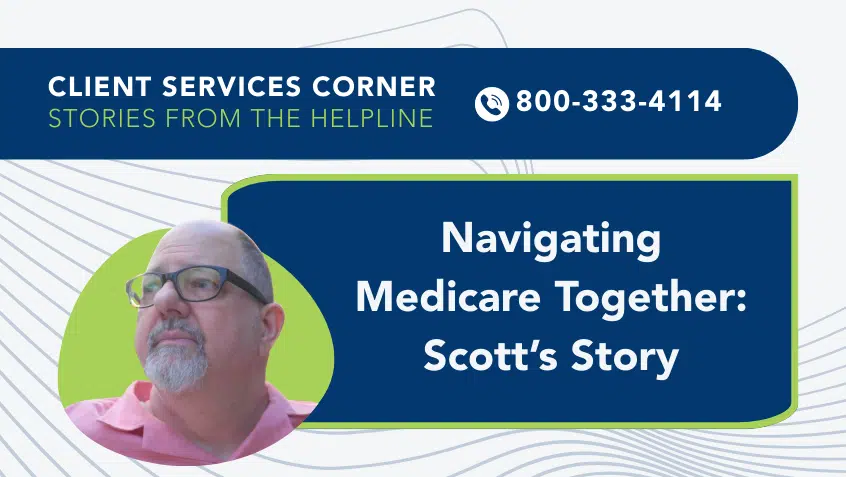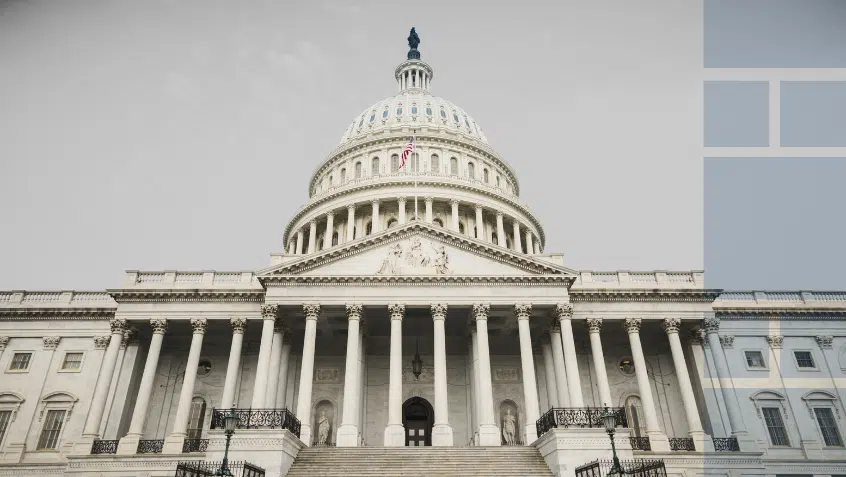Join Us Live for a Discussion on Medicare, Democracy, and the Future of Health Care
New Kaiser Family Foundation Resource Provides Overview of Part D Benefit

This week, the Kaiser Family Foundation (KFF) released a Medicare Part D fact sheet providing an overview of plan availability, enrollment, and costs.
About 49 million people with Medicare are enrolled in Part D plans. Next year, there will be 801 stand-alone prescription drug plans (PDPs) to choose from, a 5% increase from 2022. The number of PDPs will vary across states, from 19 in New York to 28 in Arizona. This is in addition to the ever-growing number of Medicare Advantage plans that cover prescription drugs (MA-PDs).
The Part D Low-Income Subsidy (LIS) program helps nearly 13 million low-income Medicare beneficiaries pay their Part D premiums and cost-sharing. In 2023, LIS enrollees will have access to 191 premium-free “benchmark” plans, a 4% reduction compared to 2022. The number of benchmark plans per state will range from three to eight. While LIS enrollees can select any plan offered in their area, if they choose a non-benchmark plan, they may be required to pay some monthly premium costs.
The 2023 Part D base beneficiary premium is $31.50, roughly 2% lower than in 2022. But actual premiums paid by Part D enrollees will continue to vary considerably, from a low of $1.60 in the Oregon/Washington region to a high of $201.10 in South Carolina. KFF also notes that “even within a state, PDP premiums can vary; for example, in Florida, monthly premiums range from $8.40 to $170.10. In addition to the monthly premium, Part D enrollees with higher incomes ($97,000/individual; $194,000/couple) pay an income-related premium surcharge, ranging from $12.20 to $76.40 per month in 2023 (depending on income).”
The Part D benefit has several coverage and payment phases—including a deductible, an initial coverage phase, a coverage gap phase, and catastrophic coverage. In 2023, enrollees will enter the coverage gap after their total drug costs reach $4,660 (up from $4,430 in 2022). Once in the coverage gap, they will pay 25% of the cost for both brand-name and generic drugs. They will reach catastrophic coverage after spending $7,400 total (up from $7,050 in 2022), at which point they will pay significantly less per prescription: either 5% or $4.15/$10.35 for each generic and brand-name drug, respectively.
Medicare Rights encourages Part D enrollees to review their coverage annually, as plans can change their pricing, benefits, and formularies each year. Any updates should be outlined in the Annual Notice of Change (ANOC), which plans must send by September 30. They may do so via email, but enrollees wanting a hard copy can call the plan to request one. Reviewing the formulary is also a good idea. A complete copy should be available on the plan’s website and can be requested by calling the plan.
Also next year, several key Inflation Reduction Act (IRA) provisions will take effect. Everyone with Medicare Part D will have access to certain vaccines at no cost, including the shingles vaccine. And monthly insulin costs will be held to $35 per prescription. The new insulin limit will not be reflected in Medicare Plan Finder this fall. To avoid inaccurate pricing when using the tool, our Helpline counselors recommend searching for a plan based on all other medications, then separately confirming one’s preferred insulin is on the plan’s formulary.
For assistance, contact your local State Health Insurance Assistance Program (SHIP) for unbiased, one-on-one counseling; contact Medicare online at https://www.medicare.gov/ or by calling 1-800-MEDICARE; or call the Medicare Rights Center’s national helpline at 800-333-4114.
Show Comments
We welcome thoughtful, respectful discussion on our website. To maintain a safe and constructive environment, comments that include profanity or violent, threatening language will be hidden. We may ban commentors who repeatedly cross these guidelines.
Help Us Protect & Strengthen Medicare
Donate today and make a lasting impact
More than 67 million people rely on Medicare—but many still face barriers to the care they need. With your support, we provide free, unbiased help to people navigating Medicare and work across the country with federal and state advocates to protect Medicare’s future and address the needs of those it serves.
The Latest
Most Read
Add Medicare to Your Inbox
Sign up to receive Medicare news, policy developments, and other useful updates from the Medicare Rights.
View this profile on InstagramMedicare Rights Center (@medicarerights) • Instagram photos and videos









